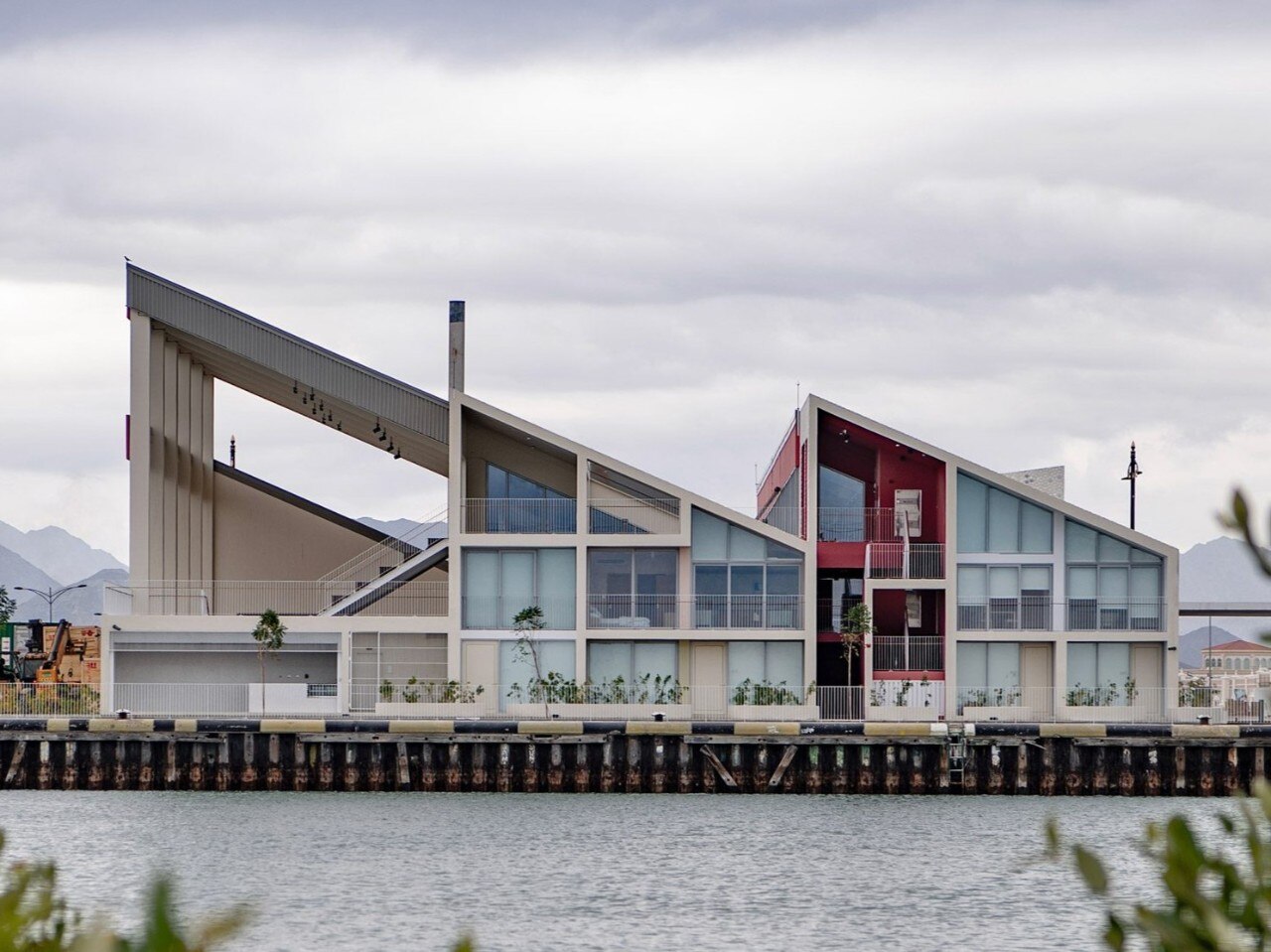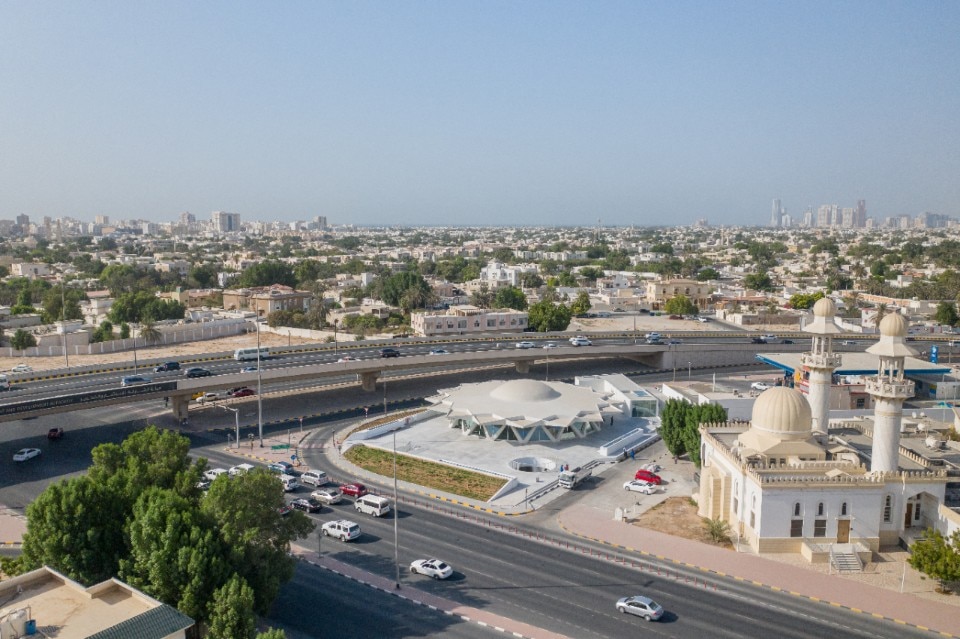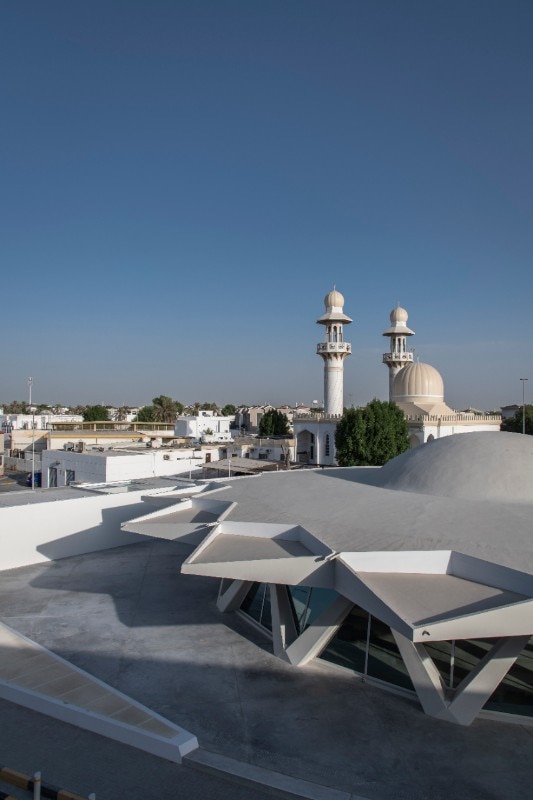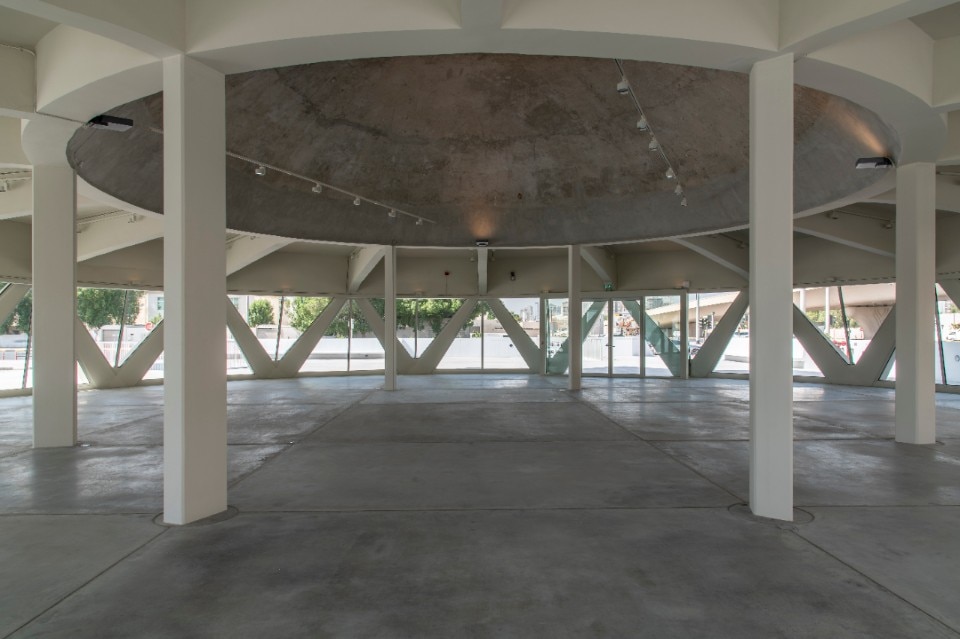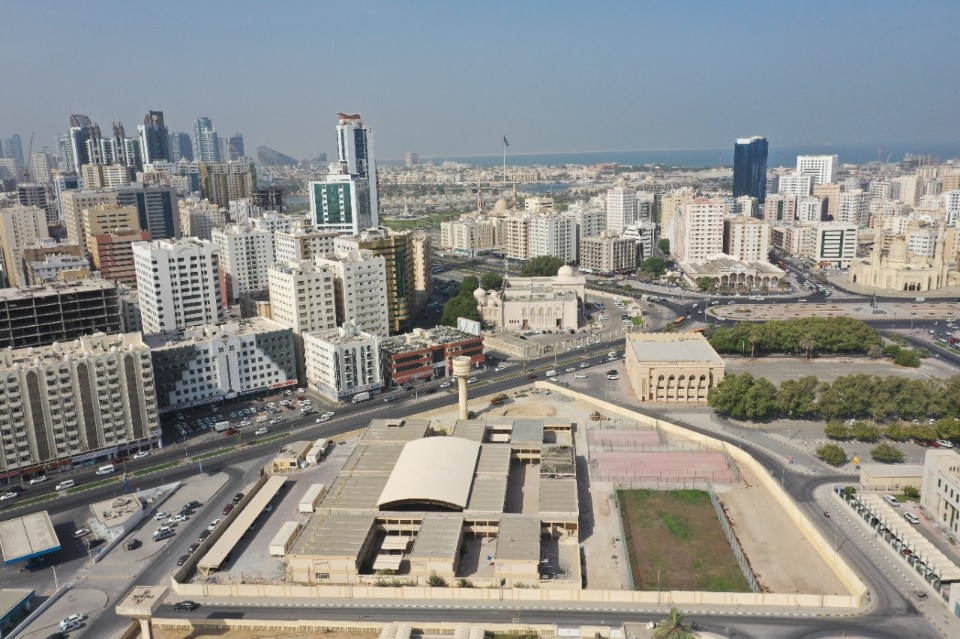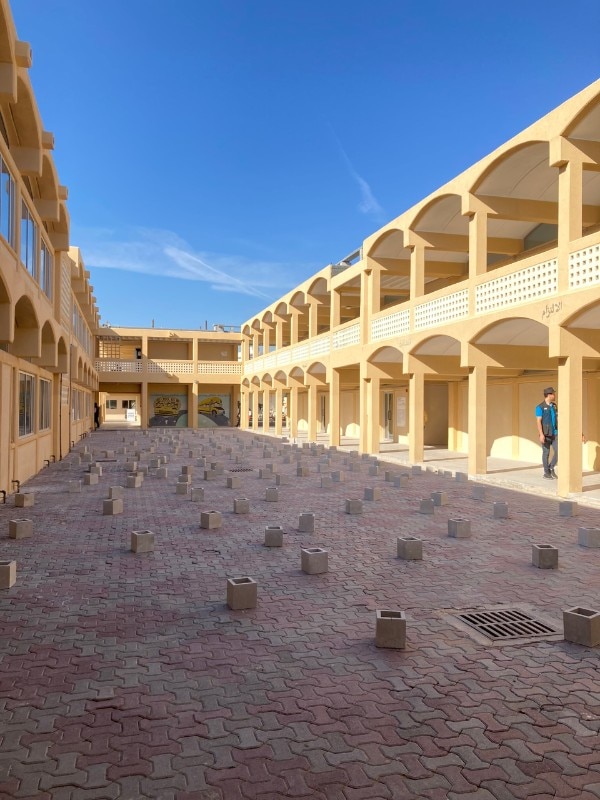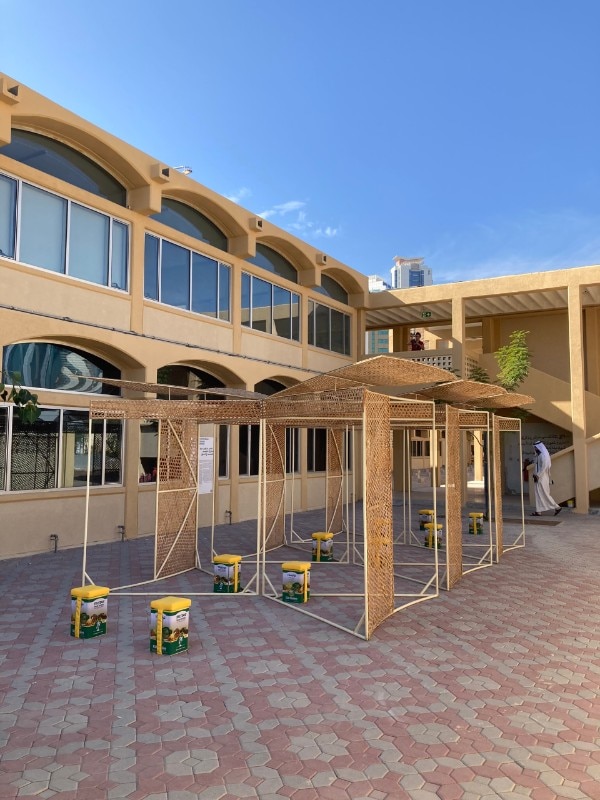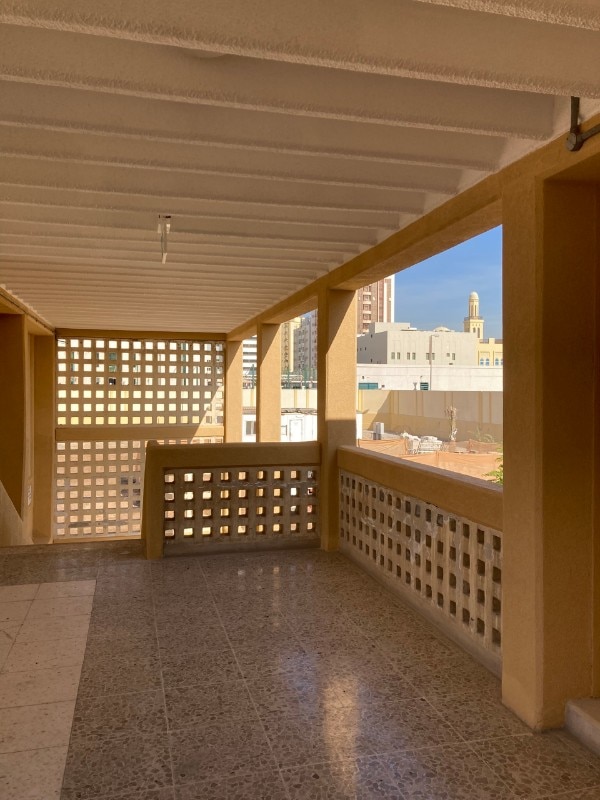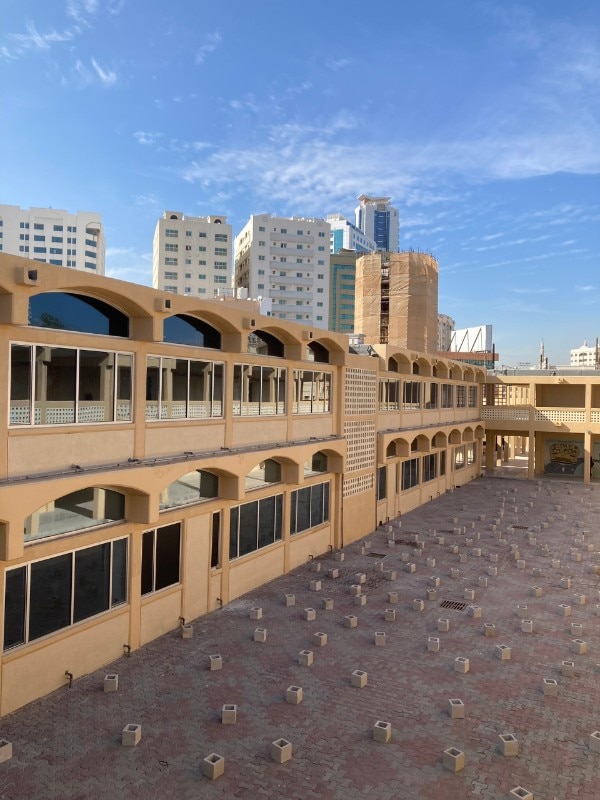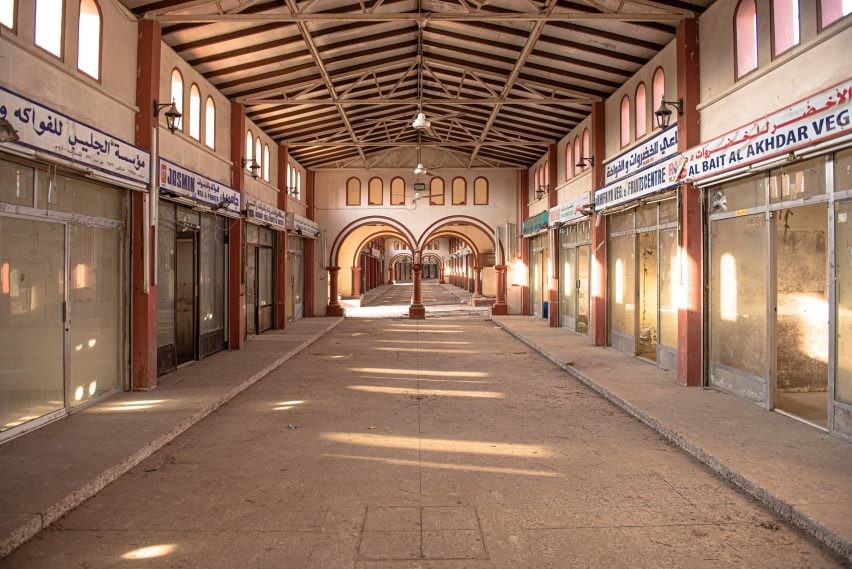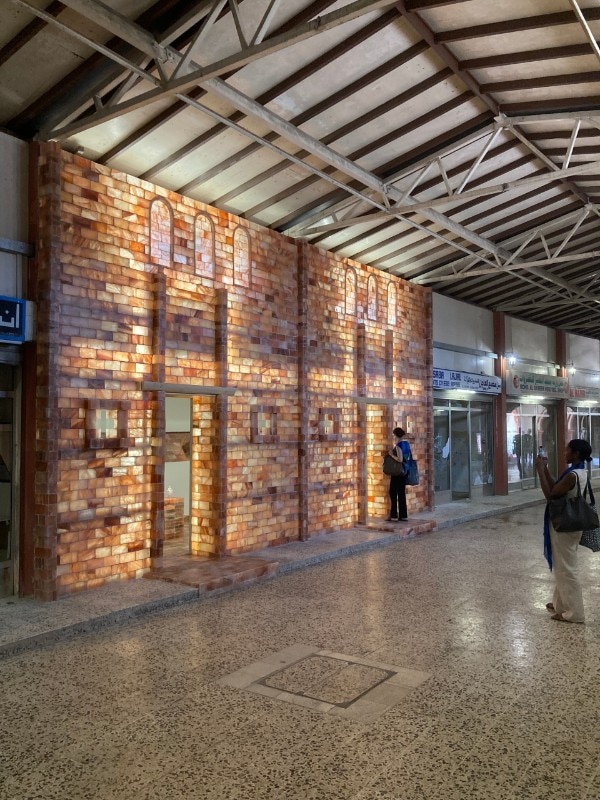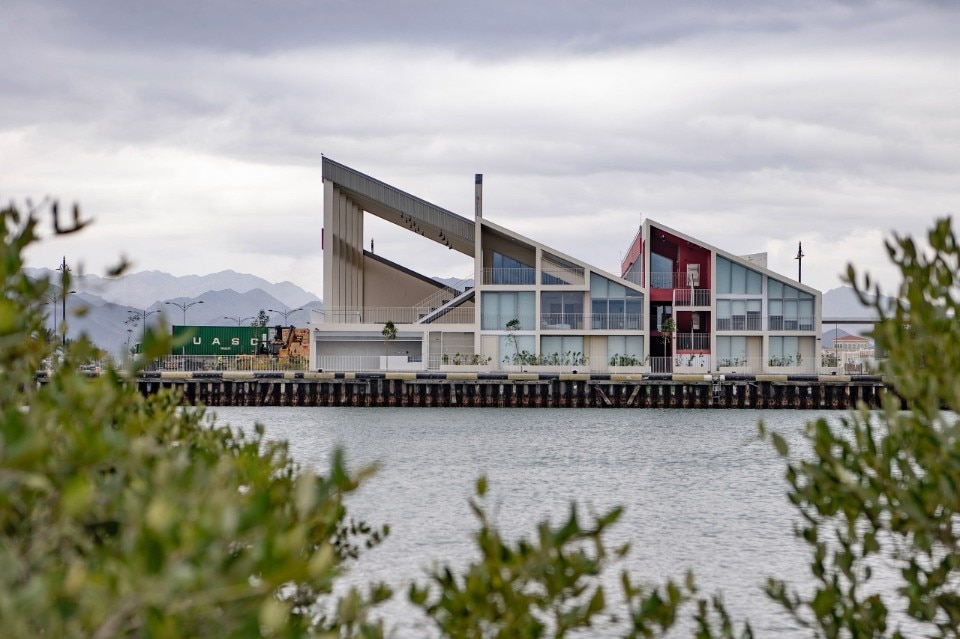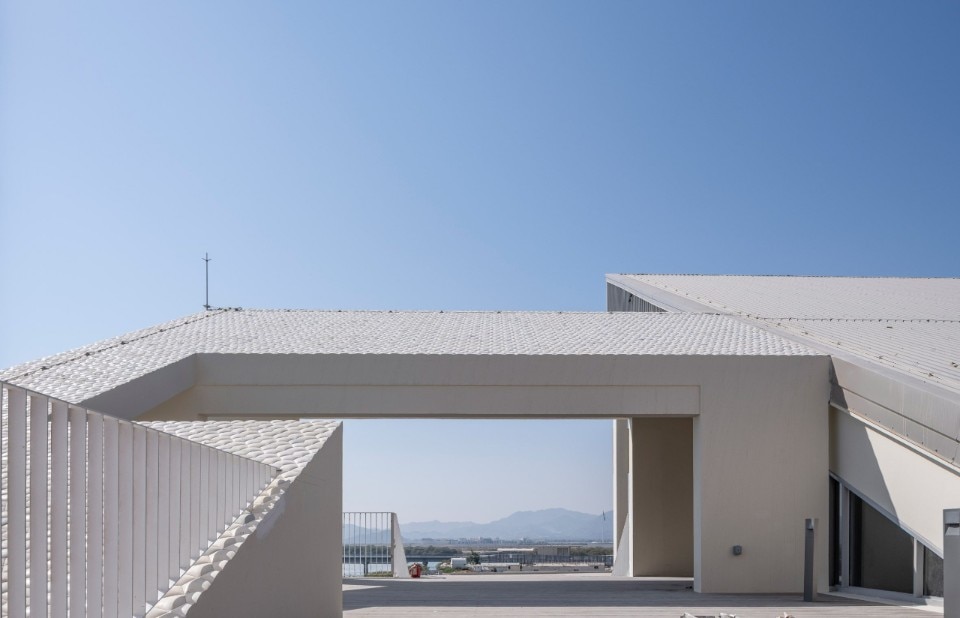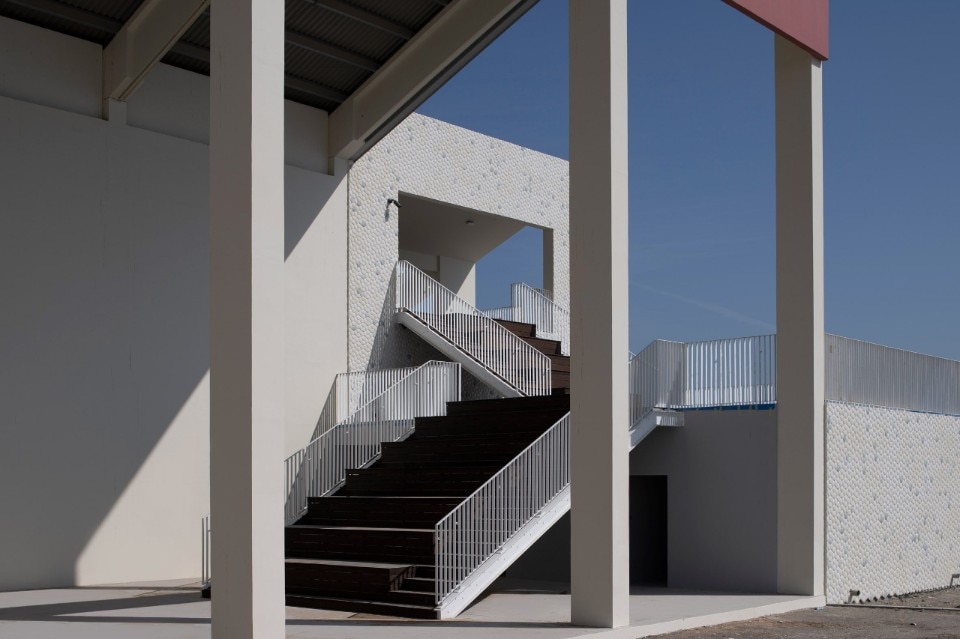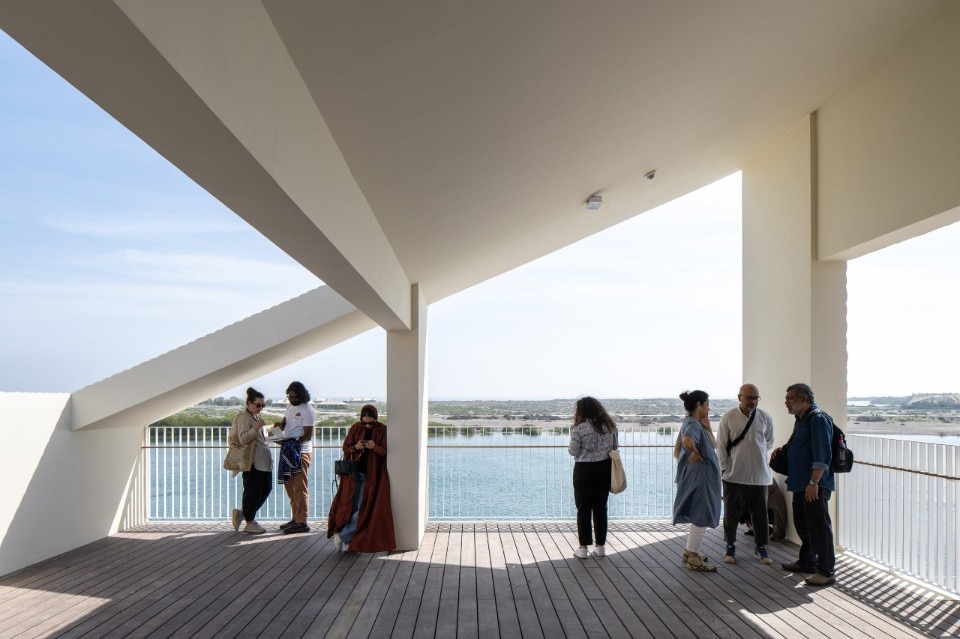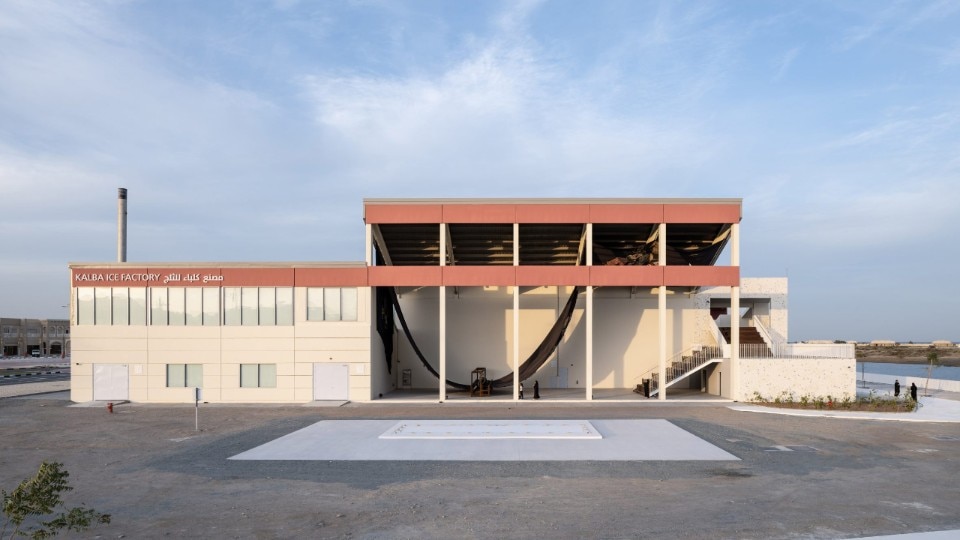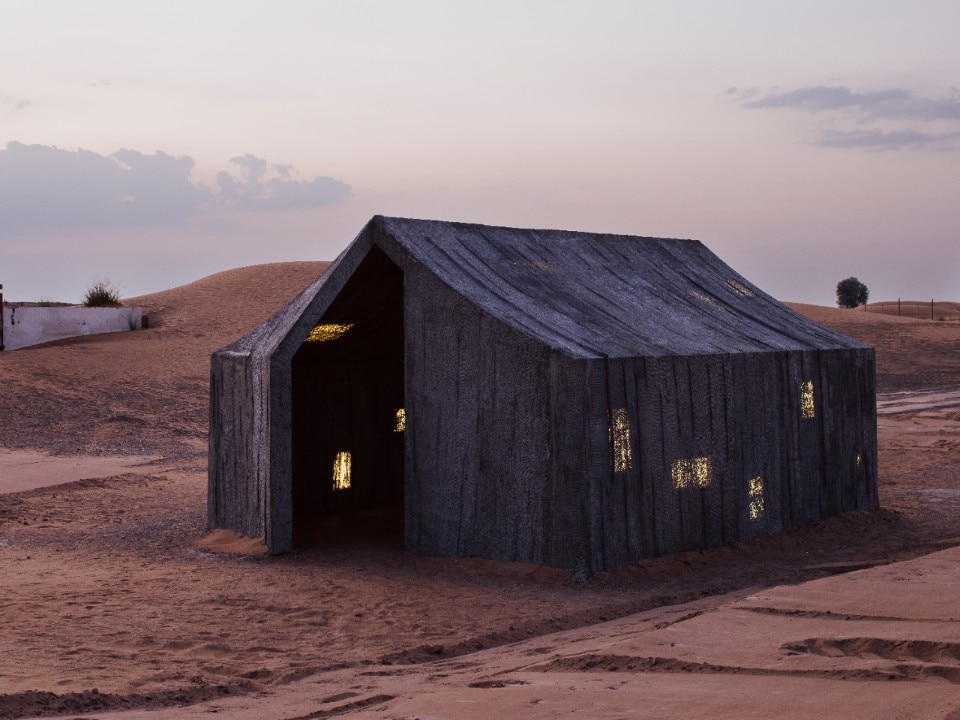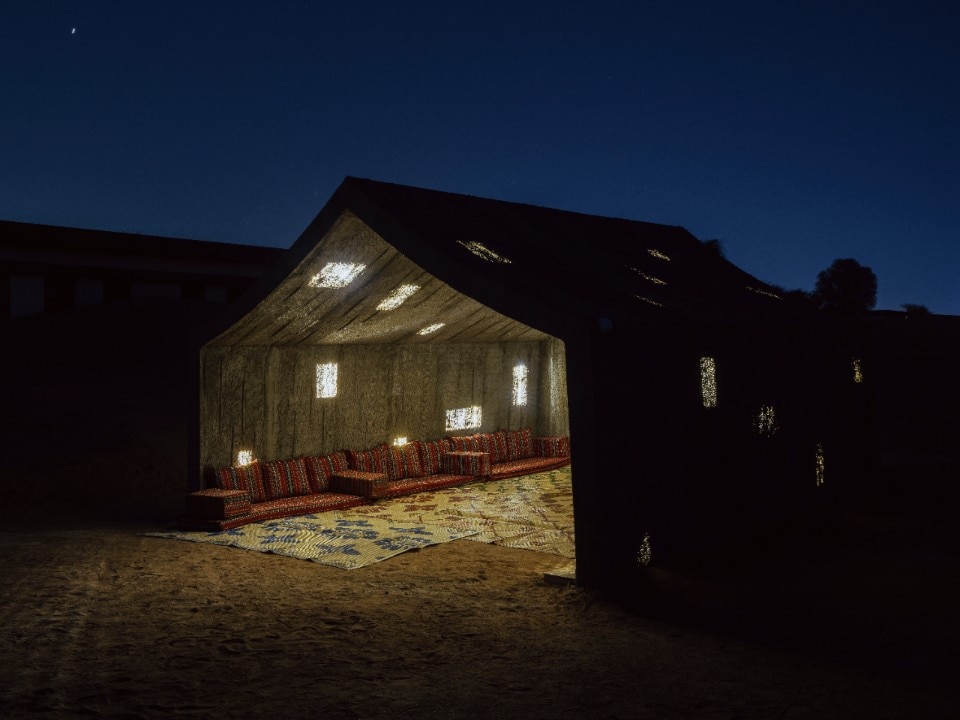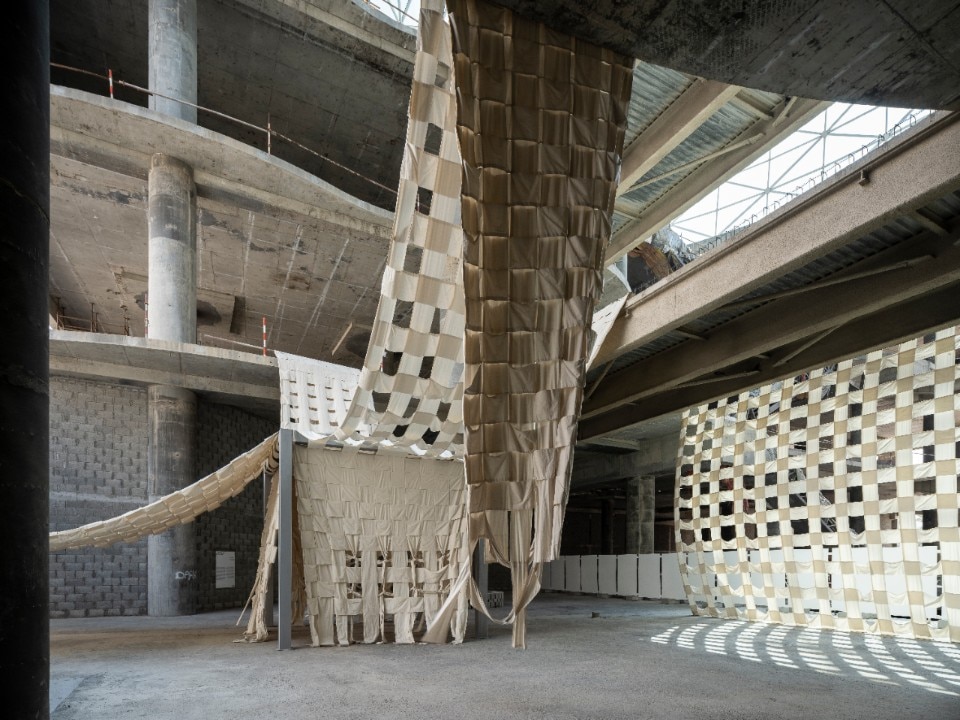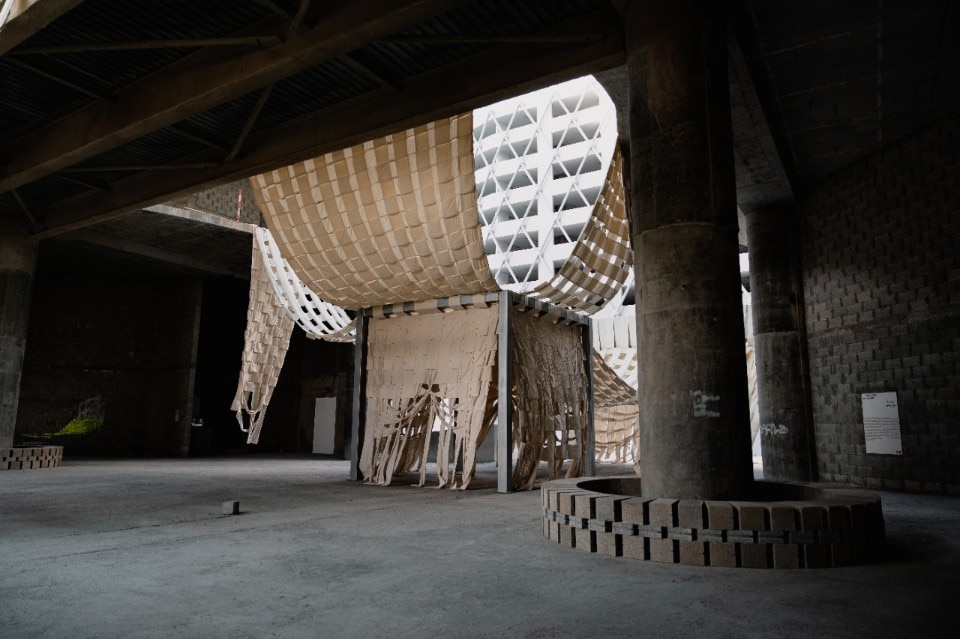Sharjah’s cultural vocation has distant roots and owes so much to the visionary efforts of Sheikh Sultan bin Muhammad Al Qasimi, who has been investing in education and the arts since 1971. However, if the small Arab emirate has steadily evolved into a globally recognized cultural hub over the last two decades, credit also goes to the work of his youngest daughter, Sheikha Hoor Al Qasimi, 43. Artist and curator, in 2003 she took the reins of the Art Biennial – which was established in 1993 – fundamentally reshaping its direction; moreover, she started the Sharjah Art Foundation in 2009, where she serves as president.
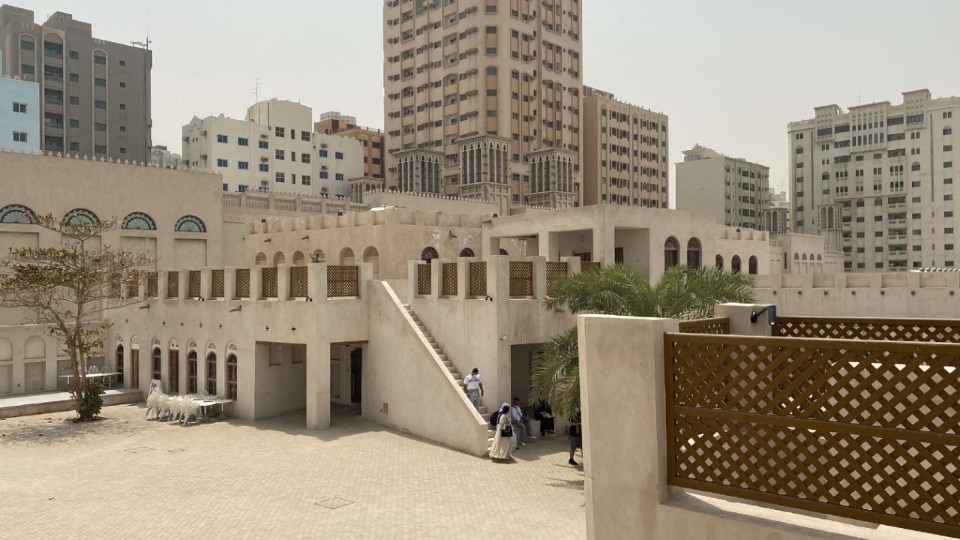
Light years away from the glittering skyscrapers of the nearby Dubai (just within 10 kilometers), but also from the grandeur of the Louvre in Abu Dhabi (the largest emirate), Hoor Al Qasimi’s Sharjah follows a path deeply rooted in her father’s legacy – with dual degrees in agricultural engineering and history, he champions the preservation of the region’s heritage and biodiversity. Rather than erecting new structures, her focus lies in the restoration of existing ones, a step-by-step process through the Foundation. She starts with acquiring abandoned buildings, swiftly repurposing them as venues for the Art Biennial or the Architecture Triennial. Gradually, she evolves them into comprehensive adaptive reuse projects, transforming these spaces into cultural or art centers. Essentially, her program stands as a testament to safeguarding the area’s most recent history and its diverse layers of heritage.
Met during the inauguration of the second Sharjah Architecture Triennial – her most recent initiative directed this year by Nigerian architect Tosin Oshinowo and scheduled until March 10th, 2024 – Hoor Al Qasimi elaborates on its purpose. “Established in 2019, the Triennial aims to invite dialogue on architecture and urbanism across the Middle East, North Africa, and South Asia. Equally vital is our mission to safeguard numerous buildings from the 1970s and 1980s that are currently abandoned and at risk of demolition.”
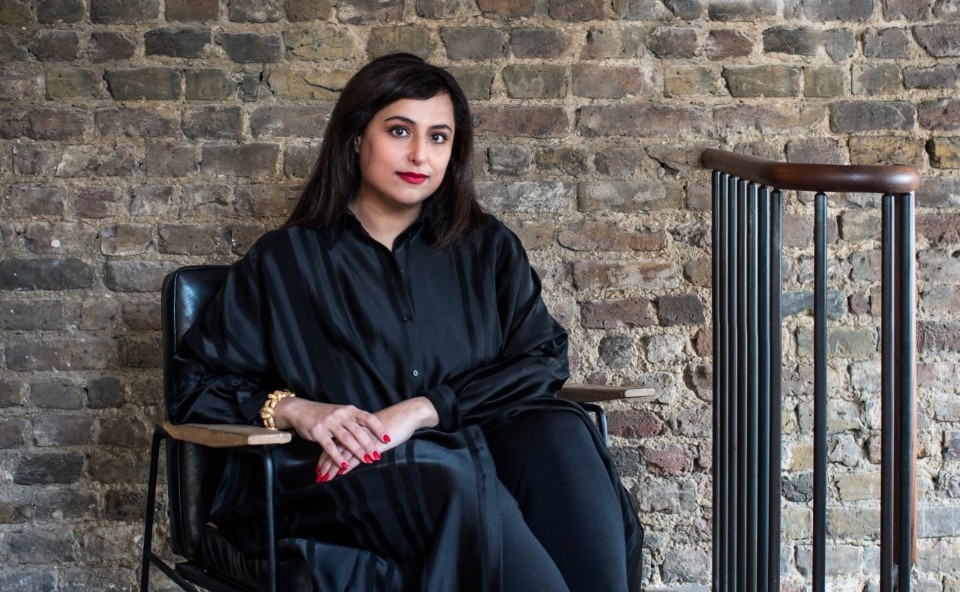
The structures she is talking about epitomize the architecture built in the emirate immediately following its independence in 1971 and the subsequent surge after the discovery of the initial oil fields in 1972. She adds, “They respond well to the climate and the city and could easily adapt to another use.”
The plan began in 2010 when the need for a home for the Foundation became evident. Her idea was to restore buildings in the historic center, using original materials. Thus, in 2013, the Al-Mureijah Art Spaces came into being, designed by UAE-based architect Mona El Mousfy. Today, it not only serves as the Foundation’s headquarters but also houses exhibition areas, an outdoor cinema, a restaurant, and a small mosque. Since then, Hoor Al Qasimi has not stopped.
The point is that the architecture of the 1970s and 1980s is not old enough to be placed under preservation, but we can acquire the buildings before they are demolished.
Hoor Al Qasimi
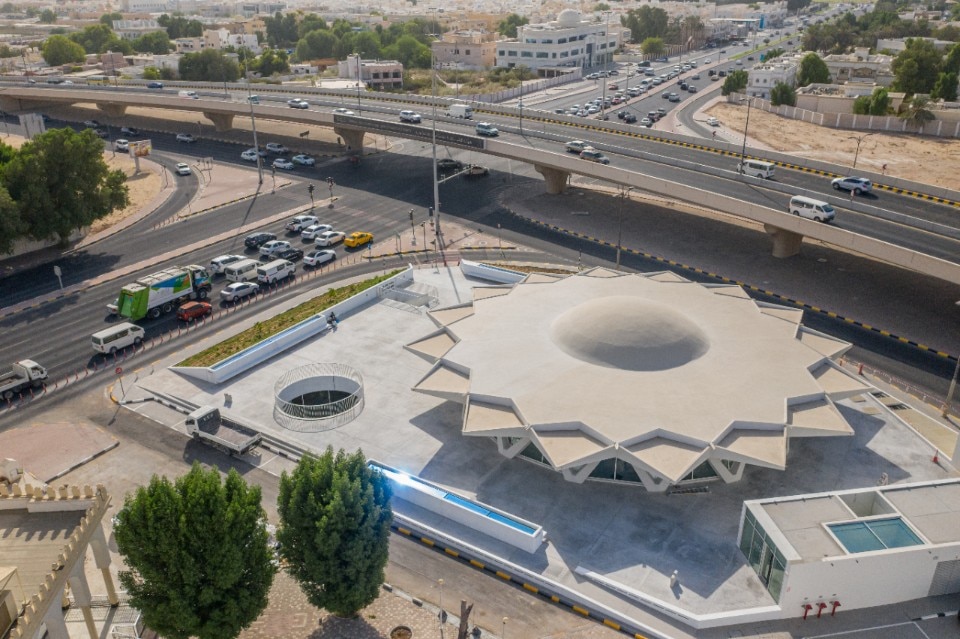
Among the converted properties stands the Brutalist icon known as the Flying Saucer. From its origins as a French restaurant in 1978 to serving as a supermarket in the 1980s, a fast-food joint in the 2000s, and then falling into abandonment, the Foundation acquired it in 2012. Following meticulous restoration, it was restored to its original purpose and transformed into an art space once again in 2020 by the local studio SpaceContinuum. A perfect example of the “Al Qasimi method.” On the other hand, the Kalba Ice Factory, once a fish feed factory and ice storage facility built in the 1970s, was acquired in 2015 to be used as a venue for the 12th Biennial. It was recently converted into an art center by Peruvian firm 51-1 Arquitectos.
“My father started it, and I want to continue to preserve historic buildings. The point is that the architecture of the 1970s and 1980s is not old enough to be placed under preservation, but we can acquire the buildings before they are demolished. I think I’ve earned a good reputation in this regard, I’m good at finding a new purpose for these places. People call me and say ‘I have an old building. Will it be expensive to renovate it? Can you do something with it?’ I can do it,” she explains.
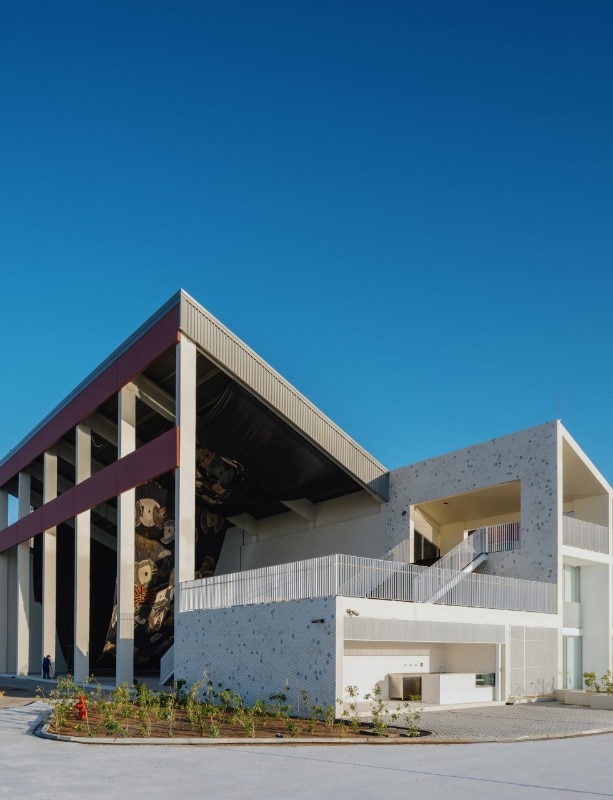
During the Architecture Triennial, this year’s epicenter is in the Al Qasimyah School, a former 1970s educational institution. Other venues include the former Al Jubail fruit and vegetable market dating back to the 1980s, the former slaughterhouse, and the colossal Brutalist Sharjah Mall – each at risk of demolition. And, again, a site in Industrial Area 5 and Al Madam, a cluster of homes abandoned in the 1980s because they were continually submerged in desert sand.
The Foundation has acquired both the school and the market, earmarking them for future transformation into exhibition spaces.
The Arabs say every delay is a blessing. That’s an interesting way of thinking, it means that by taking our time, we can do much more and better.
Hoor Al Qasimi

“I remember a conversation with artist Michael Armitage about the advantages of building anew rather than renovating or repurposing, and I said, ‘When you go to a place and you can build a new building, that’s great. But when you take over something that is rooted in people’s stories and memories, you already have an audience, you already have people’s trust. You’re actually saving our history, restoring a connection’. That’s what happened with the school: many people come here to visit it because they had attended it as children.”
Rethinking our approach to the built environment, viewing it as a resource to be enhanced and not a problem to be solved, is not the easiest nor the cheapest option, but it is a matter of urban sustainability, of creating an alternative to land consumption and real estate speculation. For Hoor Al Qasimi, this entails a meticulous and patient approach that takes a long time. Moreover, prioritizing the revitalization of public spaces not only revitalizes the urban landscape but also brings art and culture to the city’s neighborhoods and even the more peripheral regions.
“I act on instinct, I think it’s also important not to be afraid to try something new. Let’s start small, by taking over the building, and then see where it needs to be fixed. No rush. There are buildings we have been working on for ten years, maybe even longer. The Arabs say every delay is a blessing. That’s an interesting way of thinking, it means that by taking our time, we can do much more and better.”
I ask what the must-see attractions for first-time visitors are. She responds, “A drive from the east coast to the west coast to see Sharjah’s unique landscape, being the only emirate with two different coastlines. Along the way, in the middle of the desert nestled between mountains, there is the Geological Museum (designed by Hopkins Architects, Ed.), which is really impressive. It is about the geological history of this region, which was submerged by water millions of years ago while offering insights into their future transformations.”


